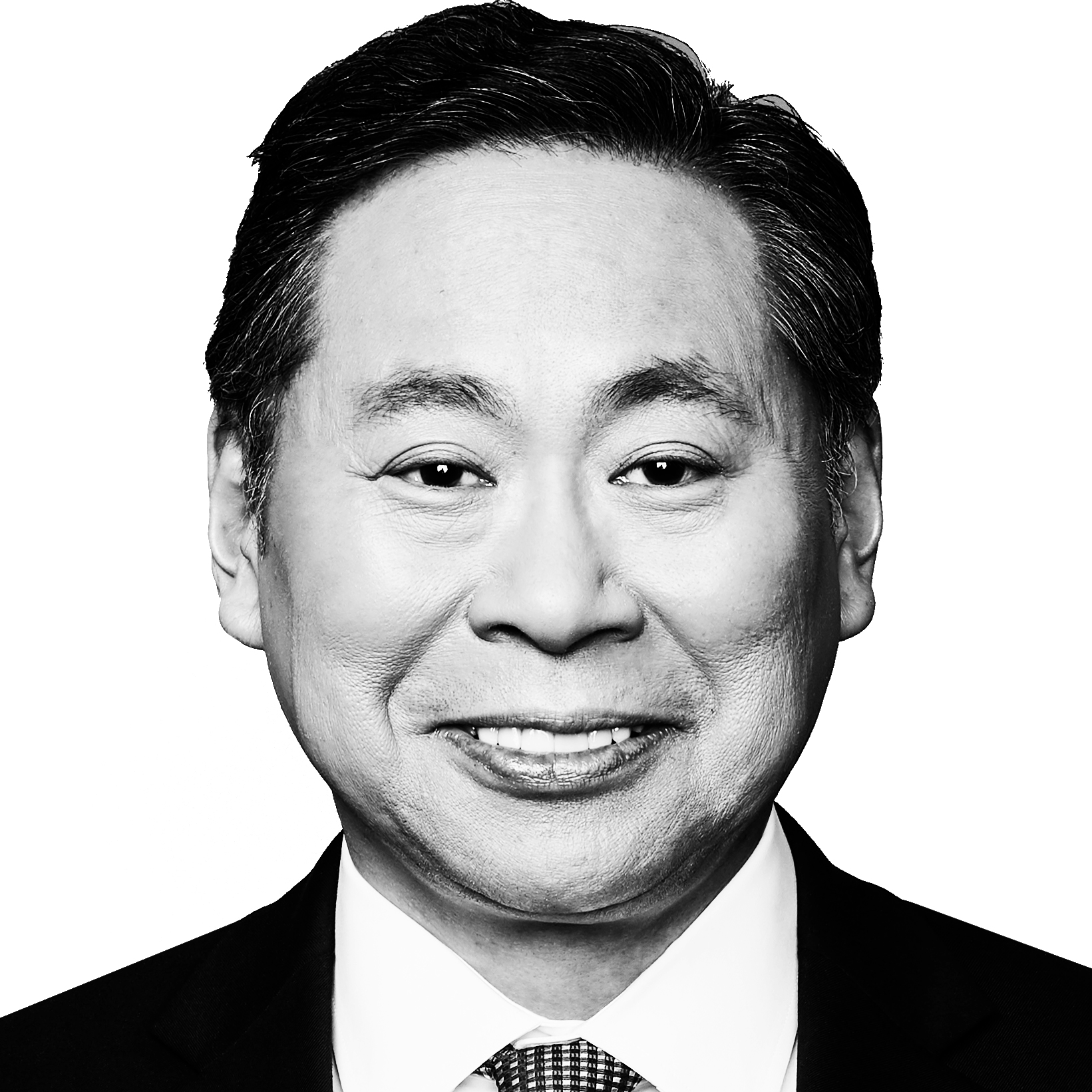The debate over whether imposing so-called “gag orders” on former President Donald Trump violates the First Amendment is much ado about nothing.
I say “so-called” because these are not traditional gag orders in which a judge orders the party to say nothing about the case. Rather, these are restrictions that are part of Trump’s release conditions which make the commonsense point that a defendant–or any litigant in a case–should not be allowed to threaten, intimidate, harass court staff or witnesses since such actions hurt the integrity of the process.
The restrictions imposed by Judge Engoron, who is presiding over the New York fraud case, and Judge Chutkan, presiding over the Jan. 6 election-interference case in Washington, D.C., do not impose a cone of silence on Trump since both judges allow Trump to make public statements about his innocence and even criticize the judges. But the debate over these restrictions is consuming countless hours of media, lawyer, and court time.
The New York appeals court initially stayed Judge Engoron’s order pending further consideration but then upheld Engoron and rejected Trump and his legal team’s request to stay any restrictions until the appeal was completed—a process that would have lasted longer than the trial itself.
In the D.C. case, the appeal of Judge Chutkan’s order was similarly stayed as the federal court of appeals considered the constitutionality of her order. The oral argument over the order lasted two hours and dove into the deepest trenches of legalese in constitutional argument with much back-and-forth between the lawyers and judges about what the distinction might be between the “clear and present danger” test versus the “substantial likelihood of material prejudice” test—arguments that normally only excite law professors.
But in classic Trump-style hyperbole, one of Trump’s lawyers stated regarding the reinstatement of Judge Engoron’s order in the New York cases that it was “hard to imagine a more unfair process and hard to believe this is happening in America” while complaining that Trump “may not even comment on why he thinks he cannot get a fair trial.”
Nothing could be further from the truth than a claim that Trump is undergoing an “unfair process” because the only process that matters is the one going on inside the courtrooms, not outside the courtroom. What happens inside the courtroom is what determines whether criminal defendant Trump is getting a fair trial and that cannot be affected by the gag orders. This becomes clear if we assume for the sake of argument that Trump’s First Amendment rights are violated by the gag orders. What would happen then to the criminal cases? The answer is nothing.
If Trump is convicted, his conviction or convictions will not be reversed on the basis that his First Amendment right to political speech was violated. Whether or not Trump loses the next presidential election has nothing to do with whether he is convicted in any of his cases. That is because Trump is not on trial in any of those cases for anything he is saying outside the courtroom. Normally, such statements can cause a legal problem with a conviction only when they prejudice the defendant’s right to a fair trial due to excessive pre-trial publicity.
The 1963 case of Estes v. Texas is the classic example of this where the U.S. Supreme Court found that the presence of cameras in the courtroom and the “media frenzy that ensued” violated the defendant’s rights. Holding aside the fact that cameras in the courtroom are a staple today—except for federal courtrooms—this danger is obviously not a concern in any of the Trump cases because Trump is the one who desires the pre-trial publicity. So, nothing about how the constitutionality of the gag orders is determined will have any effect on Trump’s convictions if he is convicted.
Nor is there any remedy for Trump relevant to his criminal cases if his First Amendment rights are being violated. For all the talk in our country about vindicating constitutional rights, very little exists in the way of remedies. In criminal cases, violations of the Fourth Amendment (an illegal search or seizure) and Fifth Amendment (an illegally compelled confession or statement) can be remedied in a criminal trial by suppressing the evidence—including suppressing a confession. But no such parallel exists for a theoretical First Amendment violation.
This makes sense because a First Amendment violation means that speech has been wrongly suppressed. The remedy for that is almost always allowing more speech after the fact of the violation. Here, if an appeals court or even the United States Supreme Court ultimately finds that the gag orders violated Trump’s First Amendment rights, the remedy will be to allow Trump to say as much as he wants after the fact—whether he engages in that speech as a convict or acquitted man.
At the end of the day, this is a case that will have very little in the way of constitutional value unless we again have a former president running for re-election while under indictment for 91 criminal counts. No, the real importance of this debate is whether Donald Trump will be treated the same as any other citizen—and any other citizen would not be allowed to threaten, harass, intimidate witnesses or court staff or interfere in any other way with their own criminal trials.







